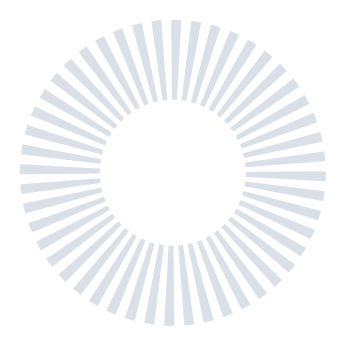
From news consumption to daily tasks, technology has simplified our lives. However, this is not universal, particularly for people with disabilities. Avneesh Singh, the first visually impaired Indian elected to the advisory board of the World Wide Web Consortium (W3C), tells us what digital accessibility is all about
Edited By: Ritu Versha | December 1, 2023 हिन्दी में पढ़े
New Delhi: Technology – the apps, tools, and devices that we use to follow news on the internet, work, communicate, and manage our day-to-day lives, has made life easier. However, there’s more work that’s needed to be done by online platforms and tools to improve accessibility for people with disabilities. When discussing inclusivity, it’s important to focus on integrating technology accessibility for those with different abilities. Samarth by Hyundai explores the realm of digital accessibility.
NDTV spoke to Avneesh Singh, the first visually impaired Indian elected to the advisory board of the World Wide Web Consortium (W3C). The World Wide Web Consortium (W3C) is an organisation that sets international standards for the World Wide Web. Mr Singh is actively working on a strategy to make information and knowledge accessible for people with disabilities, drawing on his 17 years of experience in the field of technology. He said,
“An accessible website is a website that is accessible with ease for persons with disability. An accessible website is not a special website; it uses the same HTML, CSS code and JavaScript as regular websites. The key is ensuring that the text component is converted to speech.”
Also Read: Disability Rights Advocate Tiffany Brar Is On A Mission To Empower The Visually Impaired
Disabilities aren’t solely congenital; accidents or illnesses can lead to disabilities, and age-related issues with vision, hearing, speech, or mobility also occur. In India, more than 2.2% of the population has disabilities and they can benefit from accessible websites and apps. Accessibility ensures that digital technology is usable by people with disabilities.
According to Avneesh Singh,
“More than 90% of websites in India are not accessible. The situation in Europe and the US is much better due to their stronger legal structure. In the US, federal government rule mandates that if any university or federal agency is receiving funding from the Government of the United States, all their products and services must be 100% accessible. This is why those countries are way ahead, and India lags far behind in accessible websites.”
Also Read: Meet India’s First Male Autistic Model Pranav Bakhshi
Research data suggests that the global population of people with disabilities, estimated at 1.3 billion, and their immediate circle of families and friends hold more than $6 trillion in disposable income. Therefore, prioritising digital accessibility not only promotes inclusivity but also brings in economic benefits. This calls for integrating assistive technology through various techniques and tools used by people with disabilities to interact with the web, including web browser settings, text-to-speech, voice recognition, braille computers and keyboards, head and eye movement input tools, and more.
Avneesh Singh, Advisor to W3C, noted,
“Many Indian companies create accessible websites, accessible books and publications and export them to other companies outside India. There is no dearth of knowledge but there is a lack of willpower and awareness. Generating awareness is crucial, as is implementing policy interventions.”
Apps and websites hold enormous potential to empower the disabled. Yet, if not designed with keeping disabled individuals in mind, they can become barriers similar to physical obstacles they otherwise face in their daily lives.
Also Read: Disability Rights Advocate Tiffany Brar Is On A Mission To Empower The Visually Impaired

Samarth by Hyundai in partnership with NDTV, is an initiative that seeks to promote inclusivity, change perceptions, and enhance the quality of life for people with disabilities.
This website follows the DNPA Code of Ethics
© Copyright NDTV Convergence Limited 2024. All rights reserved.